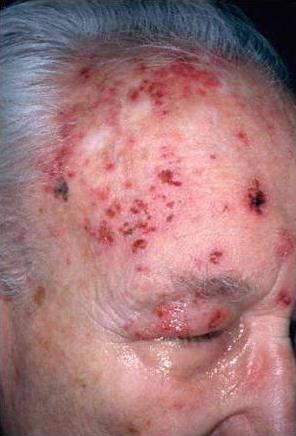Herpes Zoster Ophthalmicus (“Shingles” involving the eyes and eyelids)
When people previously infected with “chicken pox,” the virus remains in a dormant stage in the nerve roots for many years. In some people, for multiple reasons, the virus sometimes reactivates and may spread to the skin, causing herpes zoster, also called shingles. Herpes zoster ophthalmicus is infection of the eye (and eyelid) caused by varicella-zoster virus. With this condition, the skin of the forehead and sometimes the tip of the nose are covered with small, extremely painful, red blisters. Infection of the eye causes pain, redness, light sensitivity, and eyelid swelling. The usual treatment for this condition include antiviral agents, systemic corticosteroids, antidepressants, and adequate pain control. Topical antibiotic and steroid creams help soothe the irritation from these blisters. Warm compresses can help significantly reduce the inflammation caused by these eruptions. There is no real literature about the frequency of heat application, but in general, eye-presses may be applied every 3-4 hours until symptoms improve or resolve.


